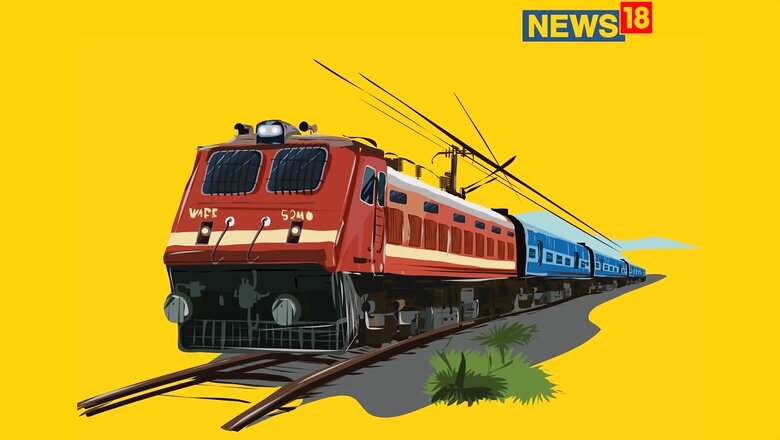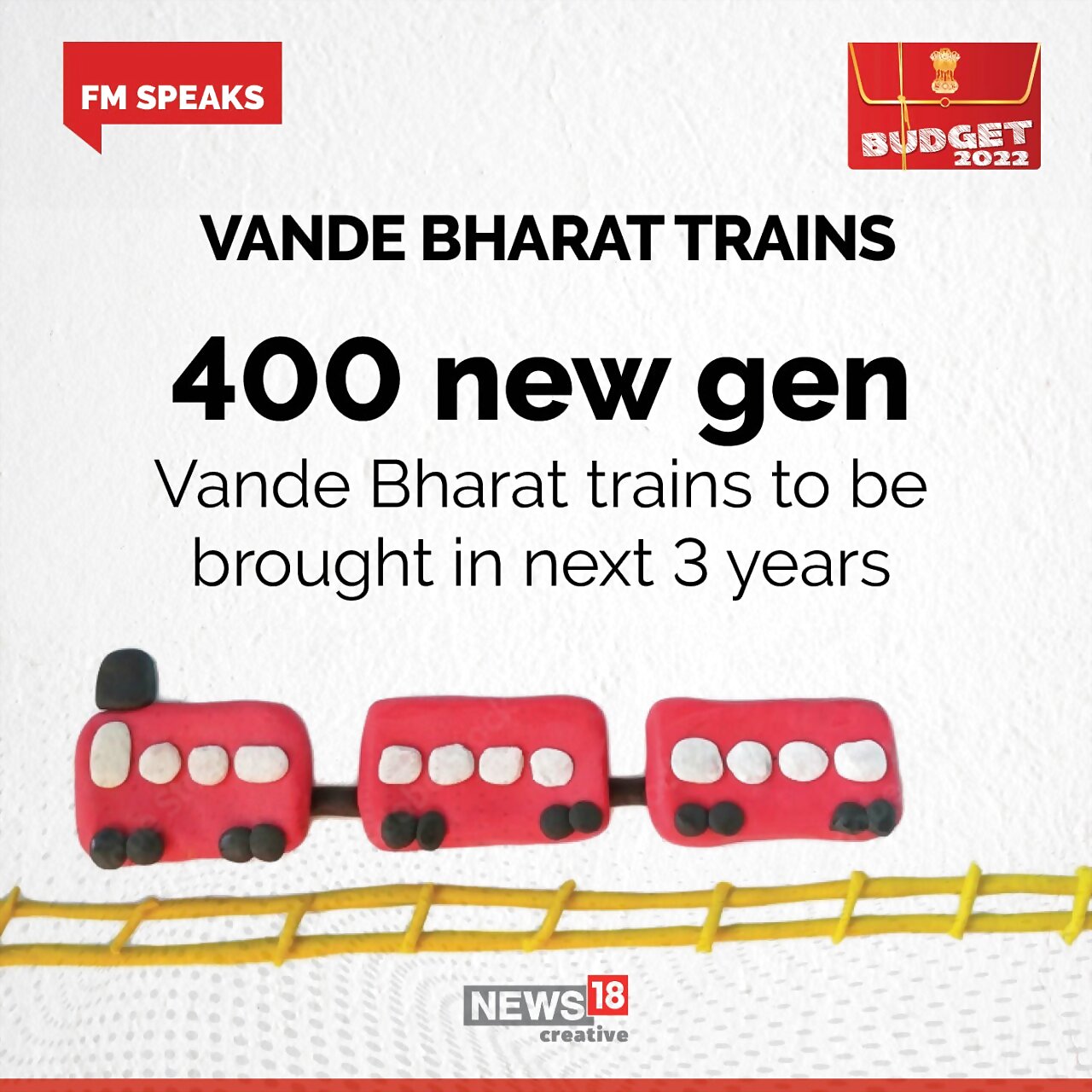
views
Union Budget 2022: The Finance Minister of India, Nirmala Sitharaman, has announced that the Indian Railways will develop new products and facilitate efficient logistics solutions for small farmers, along with small and medium enterprises. This is also expected to lead to the integration of postal and railways networks for seamless movements of parcels. Furthermore, the ‘one station-one product’ approach will help local businesses and supply chains all across the country.
“400 new gen Vande Bharat trains will be developed and manufactured in next 3 years," says FM. Moreover, 2000 kilometres of railway network will be bought under ‘Kavach’ – an indigenous and world-class technology for safety capacity augmentation. Along with that 100 cargo terminals with multi-modal logistical facilities will be developed over the next three years, as well.
There will also be greater integration between mass transport facilities and railway stations, and this will be facilitated on priority. The FM further added that the design of the metro system along with civil structure will also be reoriented and standardised for Indian conditions.
ALSO READ: Budget 2022 LIVE Updates: Centre to Create 60 Crore Jobs in Next 5 Years, LIC IPO Soon
The next 10 years will see a very high level of capital expenditure in the railway sector as capacity growth has to be accelerated, so that by 2030 it is ahead of demand, as per the Economic Survey. Up to 2014, capex on railways was barely Rs 45,980 crore per annum and consequently, the railway was characterised by high levels of inefficiency and highly congested routes unable to meet the growing demand. Post-2014, a conscious effort was made to improve the railway sector by substantially increasing the capex, according to Economic Survey 2021-22.

The Capex outlay for 2021-22 is Rs 2,15,000 crore which is more than five times the 2014 level. As more projects are taken on hand and several sources of capital funding are developed, capex will increase further in coming years and the railway system will actually emerge as an engine of national growth.
Also Watch:
The National Rail Plan lays down the road map for capacity expansion of the railway network by 2030 to cater to growth up to 2050. It envisages the creation of a future-ready railway system that is able to not only meet the passenger demand but also increase the modal share of railways in freight to 40-45 per cent from the present level of 26-27 per cent. The target of 40-45 per cent modal share for railways is necessary from the perspective of sustainability and also from the national commitments made globally for reducing emission levels.
(WITH INPUTS FROM PTI)
Read all the Latest Auto News here


















Comments
0 comment